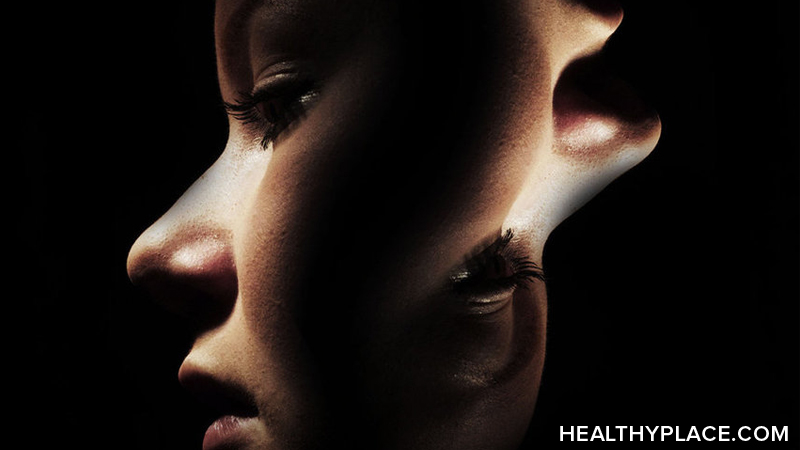What Is Schizophrenia?

When people consider, “what is schizophrenia?” often, many negative images come to mind. Every serial killer on TV, it seems, has schizophrenia. And the idea schizophrenia means a “split personality” is also prevalent.
In fact, though, schizophrenia is not a split personality nor is schizophrenia a violent illness. Schizophrenia is a recognized, severe, persistent mental illness that affects thought patterns and beliefs. This brain disorder commonly consists of hallucinations, delusions and impaired information processing and communication skills.
The misperception that people with schizophrenia are somehow harmful, violent or dangerous causes an undeserved stigma on all those suffering from this mental illness. One thing that is known about schizophrenia is that those with the illness are more likely to be victims of violent crime than perpetrators of it.
Schizophrenia Definition
When it comes to the definition of schizophrenia, the word is a broad term given to a cluster of disorders. Schizophrenic disorders are psychotic disorders. Psychotic disorders, like schizophrenia, are defined by a person’s inability to distinguish reality from fantasy. This may take the form of visual or auditory hallucinations, delusions (false beliefs) or other symptoms.
Each specific schizophrenic disorder has its own definition:1
- Catatonic schizophrenia – catatonic schizophrenia involves many physical symptoms. People with catatonic schizophrenia are often rigid, stiff and are either unable, or unwilling, to move. This immobility puts people with catatonic schizophrenia at risk for malnutrition and exhaustion. Odd movements, postures and repeated phrases may also be present in catatonic schizophrenia.
- Disorganized schizophrenia – disorganized schizophrenia often consists of jumbled thoughts, incoherence and confusion. It is known as disorganized because behaviors are often inappropriate for a given situation; this disrupts the ability to do daily activities. Behaviors may be completely flat or even childlike in a person with disorganized schizophrenia.
- Paranoid schizophrenia – paranoid schizophrenia is defined by strong delusions (false thoughts) that someone is being persecuted or punished by another. Other thoughts, feelings and speech may remain fairly normal. (more on paranoid schizophrenia)
- Undifferentiated schizophrenia – undifferentiated schizophrenia is diagnosed when the schizophrenia symptoms do not clearly fall into one of the other above three types.
- Residual schizophrenia – as the name implies, residual schizophrenia is defined by continuing schizophrenia symptoms but of a lesser degree than when first diagnosed.
While all types of schizophrenia contain psychotic symptoms, none are known to be violent or dangerous towards others. In fact, the person most afraid of schizophrenia is often the person with schizophrenia themselves.
About Schizophrenia
Schizophrenia is not a rare illness and affects about 1% of the population. It is known to be present in all races and genders equally and often strikes in adolescence. Schizophrenia is known to be a brain illness with several differences known between schizophrenic and non-schizophrenic brains, but science is far from understanding the complexities of the illness.2
Other Key Schizophrenia Articles
- Schizophrenia Symptoms and the Impact on Everyday Life
- Living with Schizophrenia: Effects of Schizophrenia
- Schizophrenia Causes, Development of Schizophrenia
- Schizophrenia Treatments: How Do You Treat Schizophrenia?
- Schizophrenia Medications: Types, Side Effects, Effectiveness
- Schizophrenia Help: For Family Members and Schizophrenia Patients
- Schizophrenia Support: Schizophrenia Forums, Support Groups
|
|
next: Phases of Schizophrenia
~ all schizophrenia articles
~ thought disorders homepage
APA Reference
Tracy, N.
(2012, October 28). What Is Schizophrenia?, HealthyPlace. Retrieved
on 2026, January 14 from https://www.healthyplace.com/thought-disorders/schizophrenia-information/what-is-schizophrenia



